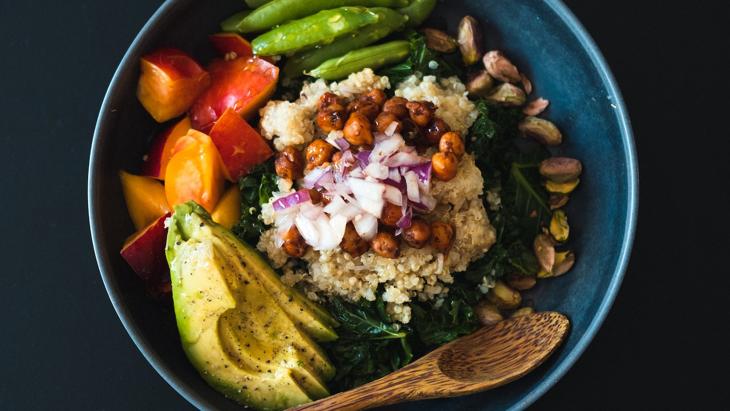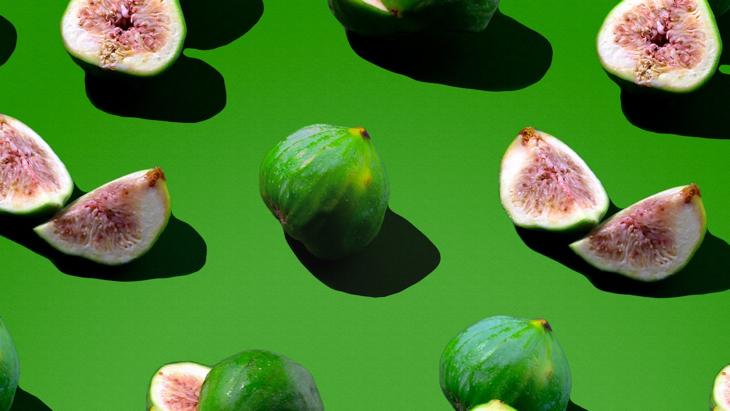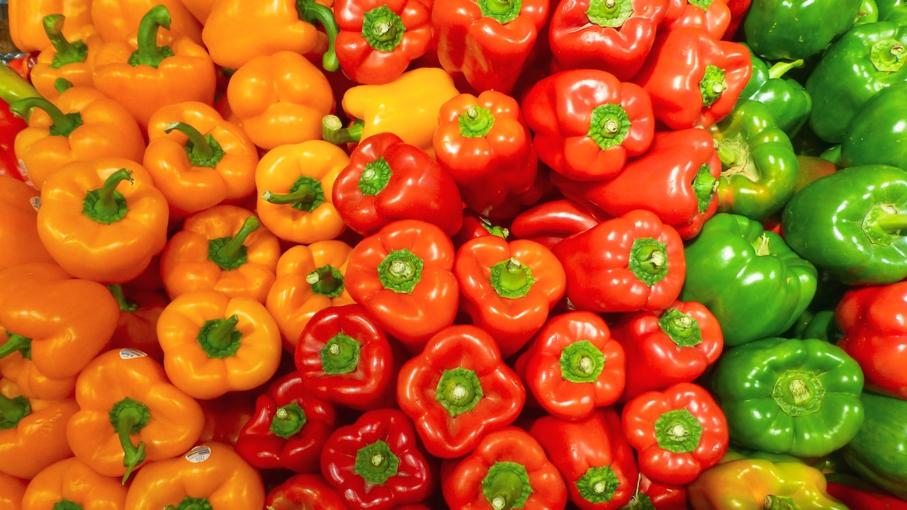Most diets focus on restricting certain types of food, but what if you could gain health benefits by focusing on the types of food you eat instead? A low-oxalate diet is a great way to do just that. By limiting high-oxalate foods and incorporating more low-oxalate foods into your diet, you can improve your overall health and wellbeing.
Oxalates are natural compounds found in many plants, including fruits, vegetables, grains, nuts, and seeds. They have a variety of health benefits such as aiding digestion and helping to prevent kidney stones. But for some people, high levels of oxalates can cause problems. High levels of oxalates in the body can lead to symptoms such as joint pain, fatigue, digestive issues, headaches and skin problems.

Benefits Of A Low Oxalate Diet
Following a low-oxalate diet can help reduce these symptoms by limiting the amount of oxalates in your body. In addition to reducing symptoms associated with high levels of oxalates in the body, a low-oxalate diet has other benefits such as:
-
Improved digestive health: Low-oxalate foods are easier to digest than high-oxalate foods which can help improve overall digestive health and reduce gastrointestinal discomfort.
-
Reduced risk for kidney stones: High levels of oxalates in the body increase the risk for kidney stones due to their ability to bind with calcium in the body forming crystals which could potentially lead to kidney stones if left untreated. Following a low-oxalate diet helps reduce this risk by limiting the amount of oxalates that get absorbed into the bloodstream from food sources..
-
Increased nutrient absorption: Low levels of oxalates allow for better absorption of certain vitamins and minerals such as calcium and iron which are important for overall health and wellbeing.
-
Improved energy levels: Limiting high-oxalate foods helps reduce fatigue by providing more energy throughout the day due to better nutrient absorption from consuming more low-oxalate foods instead.

How To Incorporate More Low Oxolat Foods Into Your Diet
The key to following a successful low-oxolate diet is knowing which foods contain high amounts of oxolate so that you can limit them or avoid them altogether when possible while also knowing which foods have lower amounts so that you can incorporate them into your diet more often instead . Here are some tips on how to incorporate more low-oxolate foods into your diet:
-
Eat plenty of fresh fruits and vegetables like apples, bananas, carrots, potatoes and spinach which all have relatively lower amounts of oxolat compared with other plant sources such as nuts or dark leafy greens like kale or chard which contain higher amounts..
-
Choose lean proteins like eggs or fish over higher fat proteins like beef or pork as they tend to be lower in oxolats..
-
Limit processed or refined carbohydrates like white breads or pasta as they typically contain higher amounts of oxolats compared with whole grain alternatives..
-
Avoid nuts or seeds altogether if possible as these tend to be very high in oxolats..
Conclusion
A low-oxolate diet is an effective way for people who suffer from symptoms associated with too many oxolats in their bodies to improve their overall health without having to restrict any specific type of food entirely from their diets . By understanding what types of foods contain higher amounts versus lower amounts , people following this dietary regimen can make sure they get all the nutrients they need while still controlling their overall intake .

 The Science of Food and the Immune System: How Food Affects Your Immune System
The Science of Food and the Immune System: How Food Affects Your Immune System